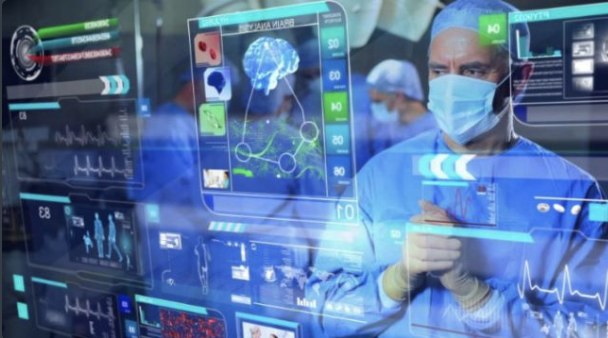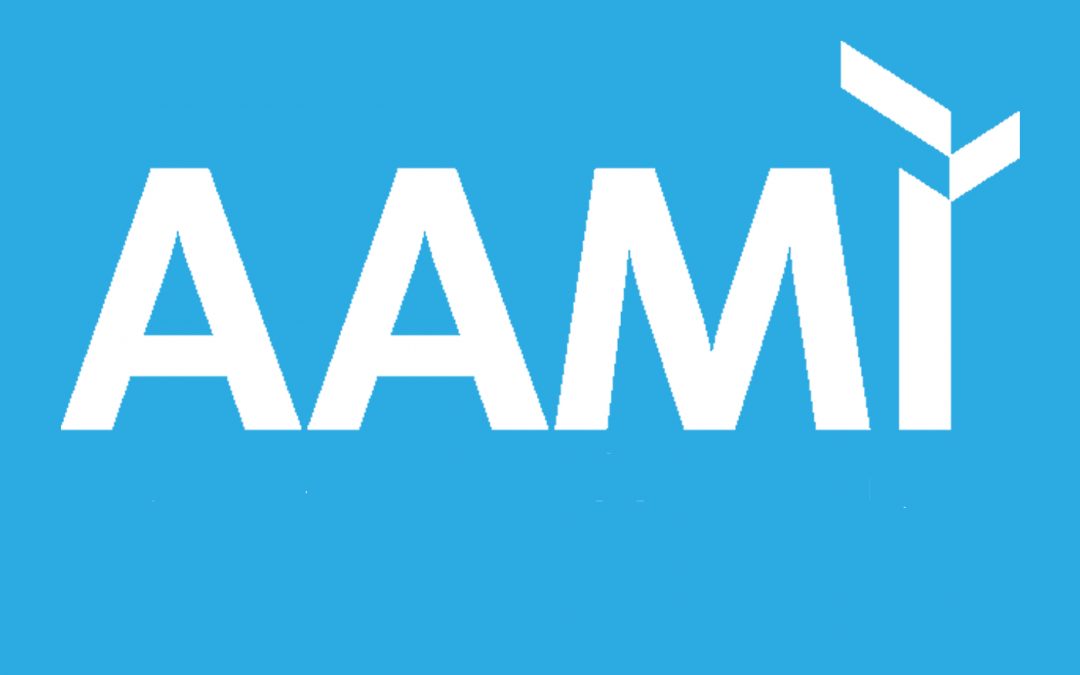The Association for the Advancement of Medical Instrumentation (AAMI) has published a Consensus Report intended to provide guidance regarding the safety-related aspects to be considered by the medical device manufacturers in the context of the Emergency Use Authorization (EUA) issued by the Food and Drug Administration (FDA) – the US regulating authority in the sphere of medical devices

In particular, the scope of the present guidance covers the EUA and Enforcement Policy for Ventilators and Accessories and Other respiratory Devices During the Coronavirus Disease 2019 (COVID-19) issued by the FDA. The AAMI has published the present guidance in order to provide the medical device manufacturers with additional clarifications regarding the applicable standards and regulations. It is important to mention that the AAMI guidance is actually based on the collective knowledge and experience of a selected group of stakeholders and thus represents the current thinking of the parties involved in its development. In particular, the AAMI COVID-19 response team engaged in the development of the present guidance includes representatives of the FDA, scientific and healthcare institutions, and also of the medical device manufacturers.
The Association also emphasizes that the guidance could be subject to changes reasonably needed to reflect the changes in the regulatory framework. Moreover, the AAMI recommends the medical device manufacturers to check the changes to the regulations that could take place since the present guidance has been published in order to ensure they are aware of the important amendments. The Association also mentions that the medical device manufacturers shall use the recommendations provided in the guidance at their sole discretion.

AAMI Guidance: Scope and Purpose
The Association mentions that the present guidance addresses the issues related to the outbreak of the Coronavirus Disease 2019 (COVID-19) caused by the virus SARS-CoV-2 or the “novel coronavirus”, and also the temporary and extraordinary regulatory measures implemented in this regard.
In particular, the document is dedicated to the remote control features of medical devices used to provide treatment for the patients infected with the novel coronavirus. The present guidance describes the most important aspects related to such devices from a regulatory standpoint.
By issuing this guidance, the Association intends to encourage and facilitate the development of the remote control capabilities used to avoid the exposure of healthcare professionals to the risks associated with the infection. The scope of the guidance covers such widely used in the context of the pandemic medical devices as ventilators, infusion pumps, and vital signs monitors.
The concept of “remote control” stands for the possibility to operate the medical device from a remote location, including access to the data displayed by the device and also the possibility to manage its settings. These options could be actually implemented by the means of either wired or wireless communications ensuring connections between various environments (if needed). The Association also refers to the concept of the “auxiliary Human Machine Interface (HMI)” used to implement the remote control capabilities.
In this guidance, the AAMI provides recommendations regarding:
- The architecture, components, security, and usability of the remote control systems, and
- The potential risks and hazards associated thereto.
It is also important to mention that the guidance describes the cases when medical devices are being used in the clinical environment, and also in the places temporarily used to provide treatment to the patients infected with COVID-19. The Association also presumes that the medical devices covered by the scope of the present guidance are being used by the healthcare professionals having the appropriate knowledge and experience. Due to the complexity and risks associated thereto, such devices should not be used by laypersons.
Regulatory Background
The Association also outlines the standards and regulations the present guidance is based on. This list includes, inter alia, the following ones:
- AAMI TIR57:2016. Principles for medical device security – Risk management.
- ANSI/AAMI/IEC 60601-1-8:2006&A1:2012. Medical electrical equipment – Part 1-8: General requirements for basic safety and essential performance – Collateral Standard: General requirements, tests, and guidance for alarm systems in medical electrical equipment and medical electrical systems.
- ISO 15817:2012. Earth-moving machinery – Safety requirements for remote operator control systems.
- ISO 14971:2019. Medical devices – Application of risk management to medical devices.
- IEEE 11703 Part 20601: Application profile – Optimized Exchange Protocol.
The document also contains the definitions of the key terms used in the context of the remote control capabilities, such as:
- An auxiliary human-machine interface – an interface for healthcare professionals to interact with a medical device that is added to the primary human-machine interface of the medical device.
- Primary medical device – a device located with the patient.
- A remote control system stands for a system that consists of the auxiliary human-machine interface, the communication link, the receiving unit, the associated software, and any accessories required to configure the remote control system such as monitoring hardware.

Remote Control Capabilities: Key Points
The AAMI states that the remote control capabilities implemented to the medical devices become vitally important during the pandemic since they could be successfully used to protect the healthcare professionals from the infection. In particular, the use of a remote control system allows to:
- Reduce the necessity for healthcare professionals to enter the rooms where the patients infected with COVID-19 are located, hence, to reduce the exposure of healthcare professionals to the risks associated thereto,
- Ensure the efficient patient assessment,
- Reduce the use and consumption of personal protective equipment,
- Improve the overall efficiency through the expansion of the capabilities of healthcare professionals.
The Association acknowledges the risks healthcare professionals are exposed to during the pandemic due to the frequency and duration of contact with infected patients. The regulating authorities also encourage the implementation of technical measures intended to reduce or avoid exposure of healthcare professionals to the risks associated with the infection. Moreover, in certain cases, the FDA treats the changes to the medical devices needed to implement the remote control capabilities as ones that do not create undue risk and consequently could be implemented under the simplified regulatory procedure. For this purpose, the FDA has already issued an Enforcement Policy for Non-Invasive Remote Monitoring Devices Used to Support Patient Monitoring During the Coronavirus Disease 2019 (COVID-19) Public Health Emergency.
In order to assist medical device manufacturers in sustaining compliance with the applicable requirements while ensuring the safety and effectiveness of medical devices, the Association describes the most important safety-related requirements and risk control measures to be implemented on the design stage. According to the general principle, the manufacturer shall duly implement all the measures necessary to reduce the risks associated with the use of the device to the lowest extent possible. The manufacturer shall also describe in detail the communication architecture and make this information available to healthcare professionals using the devices.
Summarizing the information provided here above, the present AAMI guidance on remote control capabilities for ventilators and other medical devices widely used during the pandemic, the medical device manufacturers shall comply with the applicable requirements in order to be allowed to benefit from the special temporary and extraordinary frameworks introduced to reduce the regulatory burden and ensure the uninterrupted availability of vitally important medical devices during the COVID-19 outbreak.
How Can RegDesk Help?
RegDesk is a next-generation web-based software for medical device and IVD companies. Our cutting-edge platform uses machine learning to provide regulatory intelligence, application preparation, submission, and approvals management globally. Our clients also have access to our network of over 4000 compliance experts worldwide to obtain verification on critical questions. Applications that normally take 6 months to prepare can now be prepared within 6 days using RegDesk Dash(TM). Global expansion has never been this simple.
Sources:
https://www.aami.org/docs/default-source/standardslibrary/2011_cr511.pdf?sfvrsn=9f55416b_2

